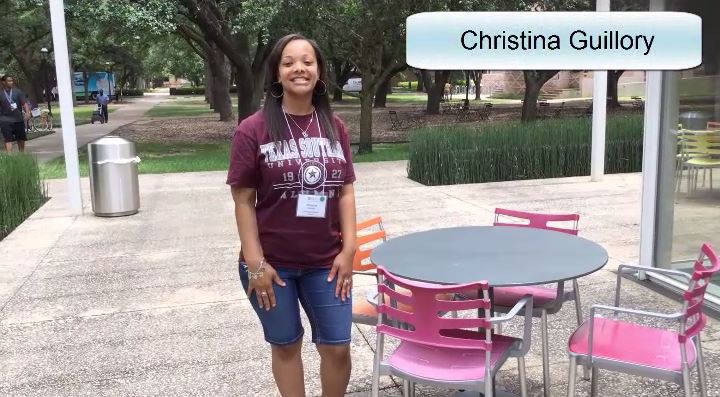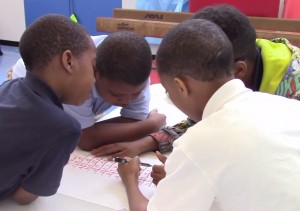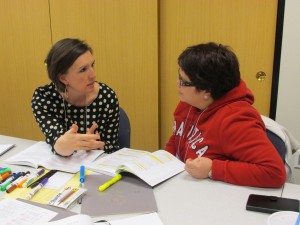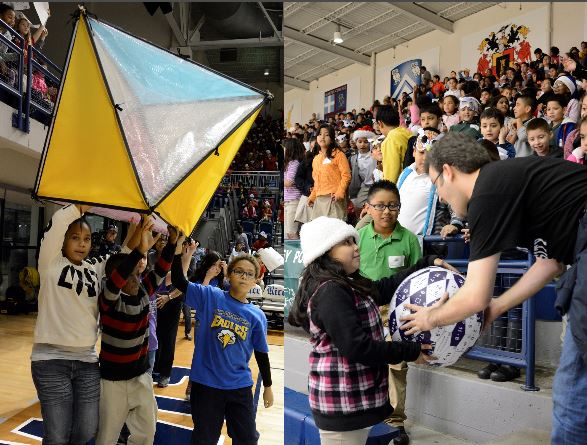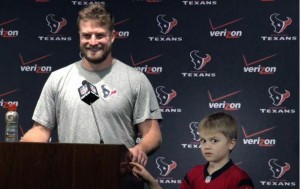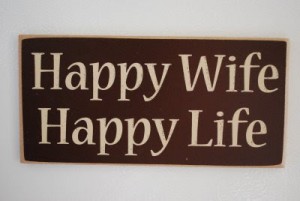The first day of school is just around the corner. RUSMP master teachers, Betsy Shipper, Julie Burnside, and Kay Kubena, share ways to get ready for that first day.
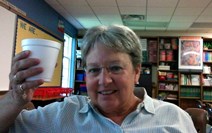 Betsy Shipper teaches sixth-grade mathematics at the River Oaks Baptist School. She writes:
Betsy Shipper teaches sixth-grade mathematics at the River Oaks Baptist School. She writes:
It’s almost time for students to return. They are excited and so are the teachers. It’s always exciting to see my “teacher friends” and to visit with the students that pop in early to say hello.
The first thing that I like to do is to get my room ready. I always go shopping to get something “new” to put up. This year it was some fresh sparkle letters and border for a bulletin board.
Since I don’t yet know the students, I set up a random seating chart so that each student has “a special place in my room.” I make sure that all of my technology is working, my textbooks have stickers with the students’ names, and all materials are set and ready to go.
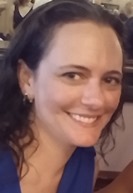 Julie Burnside teaches Geometry and AP Calculus at Bellaire High School in Houston ISD. She writes:
Julie Burnside teaches Geometry and AP Calculus at Bellaire High School in Houston ISD. She writes:
I like to spend time before the first day of school reflecting on the previous year and getting ready to implement new ideas and activities I’ve learned.
I first reread my students’ evaluations from the previous year. In these evaluations, they have told me what topics were easy for them and which ones were difficult. They have rated how useful techniques I’ve used were such as the interactive notebook. They have also told me if they enjoy mathematics more and if they feel their algebra skills have improved. Rereading these helps me keep fresh in my mind what worked and what didn’t.
The other task I do before each new year is to file away papers I have received at professional development or found along the way. I have a folder for each topic that I can then merge into my lesson plans when the time comes. It is so much easier to have this material broken down by topic and at your fingertips.
Getting ready for school is so much more than having that perfect looking classroom. It’s preparing your strategies and materials to have an even better year than the one before. I hope everyone has a wonderful school year!
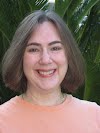 Kay Kubena teaches AP Statistics and Pre-AP Precalculus at Bellaire High School in Houston ISD. She writes:
Kay Kubena teaches AP Statistics and Pre-AP Precalculus at Bellaire High School in Houston ISD. She writes:
No matter how many years that I have taught, I still have butterflies and have trouble sleeping the night before the first day of school. I am so excited to meet my new group! With good planning and careful lesson plan design, I know that my new school year will be fantastic!
5 steps to be ready for the first day of school:
1. After all of the required meetings and trainings, the first order of business is to get my room set up and organized. I arrange my desks, decorate my walls, and setup my document camera. This is akin to clearing out the cobwebs and starting with everything fresh and clean! Once this is done, I can start working on the most important part of good teaching – I start PLANNING.
2. Calendars and pacing guides come first. Sketch out a general plan for the year (you’ve got to know where you are going). Then, target the first six weeks. Refer to the standards to make sure all objectives are covered.
3. Now the fun part! You know what you are teaching, now you can concentrate on the HOW. Check out Pinterest. Google for fun activities. Play with technology apps. Pick the brains of you colleagues and read some of the really fantastic teacher blogs that are out there. Now you are set to plan engaging lessons that meet your standards!
4. Plan and rehearse your classroom routine in your head… again and again. When the bell rings for the first class, you will be more comfortable and relaxed. You will more likely to be consistent in your routines and better prepared for when activities do not go as planned. This is no different from an actor playing a part on stage or a quarterback on the football field. The more practice and planning, the better the outcomes will be!
5. Love your kids! Stand at your door and greet them with a smile. Learn their names as quickly as possible. Consciously ask student questions about their lives outside of your class. Establishing rapport with your students will go far in creating an environment where learning flourishes.


